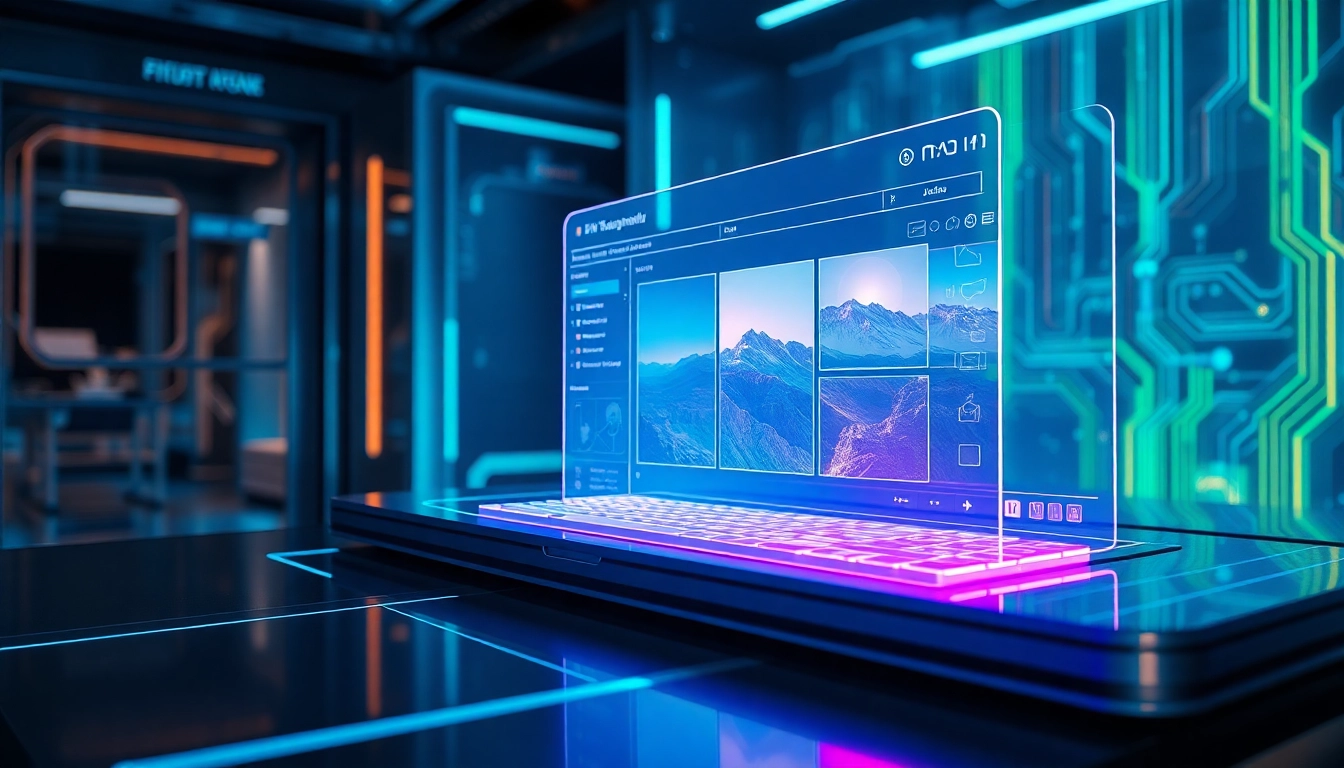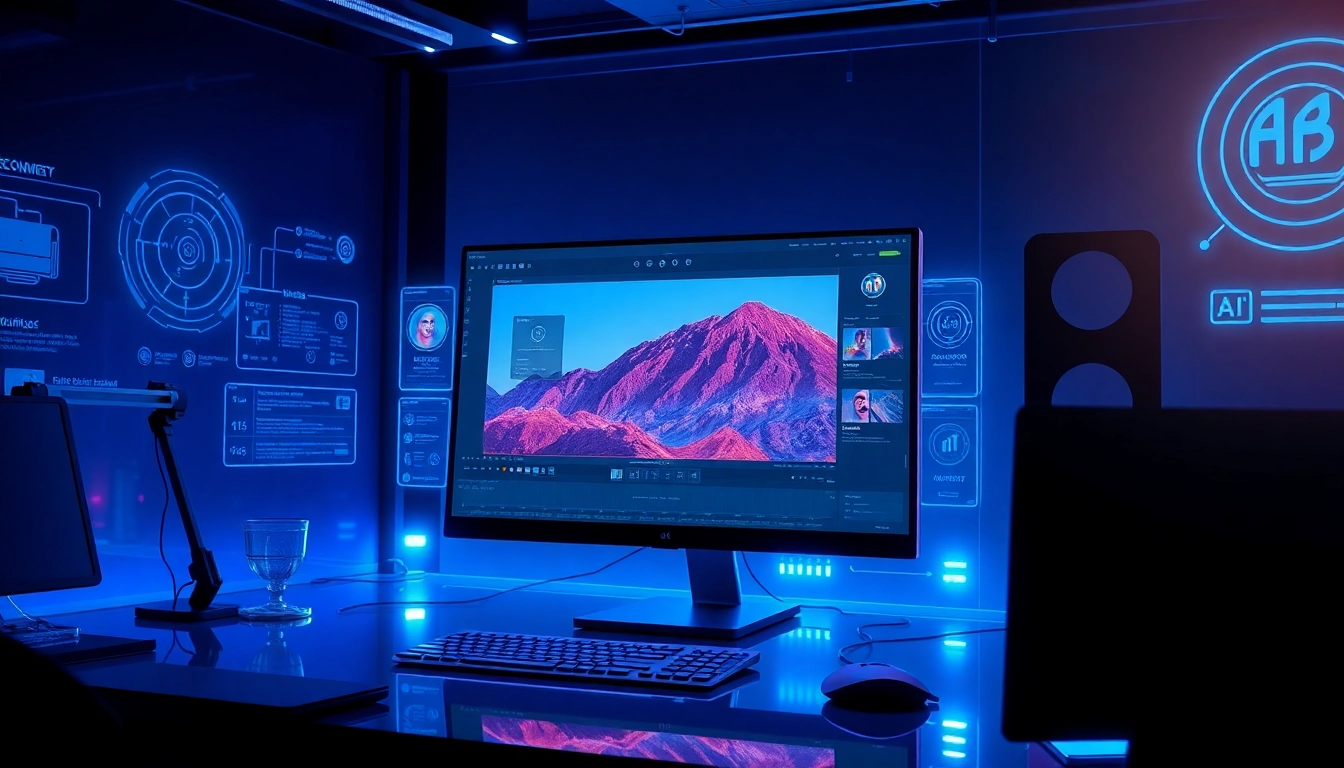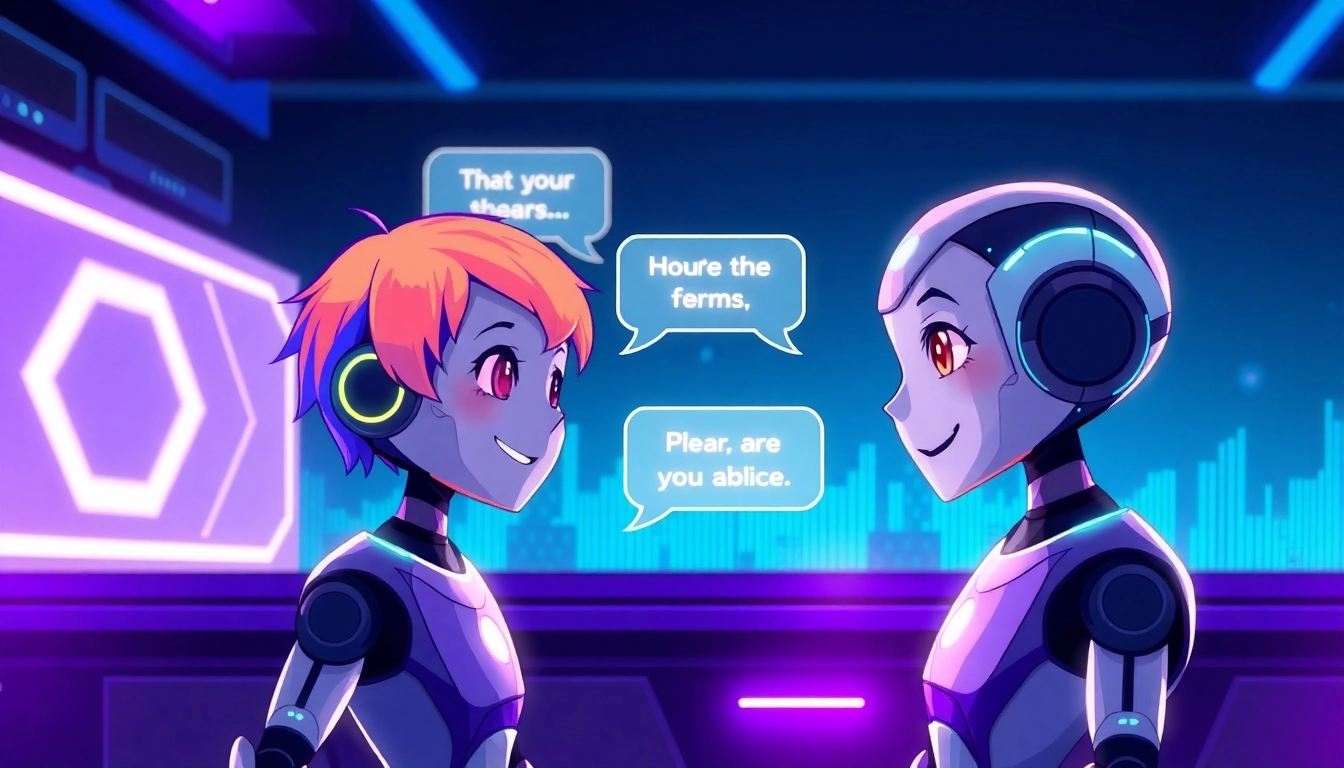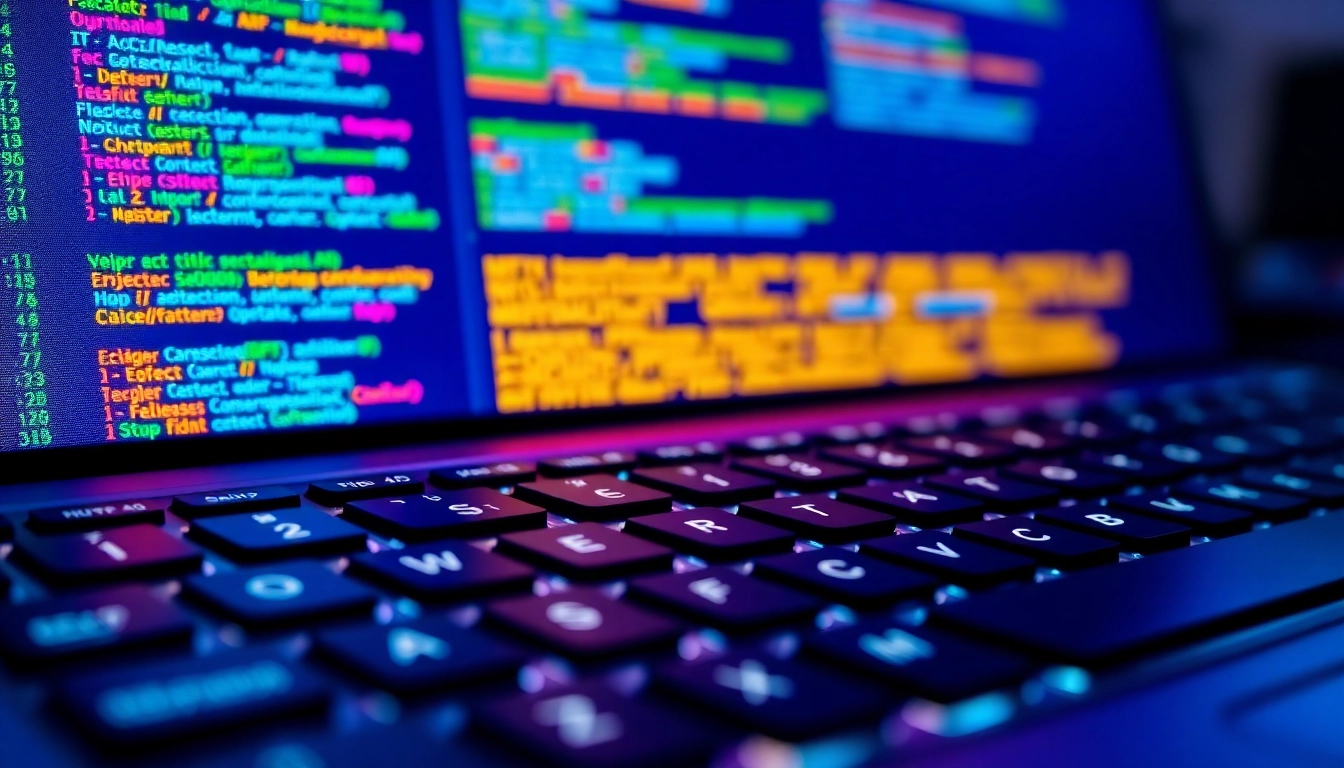Revolutionizing Visual Creativity: How Nano Banana AI Outperforms Competitors with Advanced Reasoning
In the rapidly evolving landscape of artificial intelligence and image editing, a new powerhouse has emerged that promises to redefine the boundaries of what AI can achieve in the realm of visual manipulation. Enter ai nano banana. Marketed as Google’s most advanced AI image editor, Nano Banana AI claims to outstrip all existing tools through its groundbreaking “advanced reasoning capabilities.” But what exactly sets Nano Banana apart, and why is it considered a paradigm shift in AI-driven visual creativity? This comprehensive analysis will explore the platform’s features, technological underpinnings, competitive advantages, and its potential to transform industries from casual content creation to large-scale enterprise design.
The Significance of Nano Banana AI in Today’s Image Editing Ecosystem
Understanding the Rise of AI-Powered Image Editing
The last decade has seen exponential growth in AI applications across creative fields. From basic photo retouching to complex 3D modeling, AI tools have become indispensable. Yet, most existing solutions, such as Flux Kontext or Gemini 2.0 Flash, primarily focus on straightforward image manipulations like background removal, color adjustments, or simple object repositioning. While effective for casual use, these tools lack the depth of understanding necessary for more nuanced, context-aware editing tasks.
Nano Banana AI enters this landscape not merely as another image editor but as a revolutionary platform that claims to possess “advanced reasoning capabilities.” It is designed to comprehend images at a human-like level—understanding context, maintaining consistency, and reasoning through complex edits. This transition from superficial manipulation to intelligent comprehension signifies a monumental leap forward, opening new horizons for AI in visual creativity.
The Core Promise: Outperforming with Superior Accuracy and Intelligence
According to its creators, Nano Banana AI boasts an astonishing 95-99% accuracy in complex editing tasks, vastly superior to competitors’ 20-70%. This level of precision stems from its ability to interpret not just the visual elements but the underlying context—what objects are, their relationships, the scene’s intent, and even nuanced details like lighting and spatial orientation. This capability allows users to make intricate edits that previously required manual intervention or multiple software tools.
The platform’s core philosophy is that true AI in image editing should mimic human reasoning, not just generate aesthetically pleasing images. This moral stance underscores its development, emphasizing that AI should understand *why* an edit is needed, not just *how* to perform it.
Comparing Nano Banana’s Capabilities with Traditional and Contemporary Tools
Limitations of Basic Image Manipulation Tools
Traditional tools such as Flux Kontext or Gemini 2.0 Flash excel at quick, simple edits—background swaps, color grading, or minor object adjustments. They operate largely on pattern recognition and basic image processing algorithms. While they are user-friendly and fast, they lack the ability to understand the scene’s deeper meaning or maintain consistency across complex transformations.
For instance, in a scene where a person needs their clothing altered while maintaining their facial expression and pose, these tools often produce inconsistent results or require extensive manual corrections. This is where Nano Banana AI sets itself apart.
Deep Contextual Understanding and Logical Reasoning
Nano Banana AI leverages advanced reasoning algorithms that allow it to interpret the entire scene contextually. If a user requests to change a background while keeping the subject’s position, lighting, and perspective intact, Nano Banana understands these relationships holistically. It ensures that the new background matches the scene’s lighting, shadows, and spatial orientation—something that basic tools struggle to achieve.
Furthermore, it maintains character consistency even when multiple edits are layered. Whether swapping clothing, changing facial expressions, or adjusting the scene’s mood, the AI’s logical reasoning ensures coherence and realism. This capability reduces the need for manual touch-ups, saving time and effort.
3D Spatial Awareness and Multi-layered Editing
Unlike conventional 2D-focused editors, Nano Banana AI incorporates 3D spatial awareness. This means it can understand depth, perspective, and object placement in three dimensions. Consequently, edits like rotating objects, changing angles, or repositioning elements are handled with a natural understanding of spatial relationships.
This feature is particularly valuable for industries like advertising, game development, and film production, where realistic 3D scene adjustments are crucial. It allows creators to manipulate images with a level of precision akin to 3D modeling software but within a simplified, AI-driven interface.
The Technology Behind Nano Banana: How It Achieves Unparalleled Accuracy
Advanced Reasoning Algorithms and Deep Learning
At the heart of Nano Banana AI lies a sophisticated blend of deep learning models, including transformer architectures and neural reasoning frameworks. These models are trained on enormous datasets encompassing diverse scenes, objects, lighting conditions, and artistic styles, enabling the AI to build a robust understanding of visual elements.
Its reasoning capabilities are built upon neural networks designed to simulate human-like thought processes—analyzing relationships, predicting outcomes, and ensuring logical consistency across edits. This approach allows it to handle complex tasks such as object removal without leaving residual artifacts, scene reconstruction, or multi-object transformations seamlessly.
Context-Aware Editing and Memory Capabilities
Nano Banana AI employs a form of contextual memory—retaining knowledge of the scene’s initial state and previous edits. This enables the system to adapt subsequent changes dynamically, ensuring that all modifications align logically with earlier adjustments. Such memory-driven processing enhances the platform’s ability to produce coherent, high-quality results consistently.
Integration of 3D Spatial Processing
The platform’s 3D spatial awareness stems from specialized modules that interpret depth maps and perspective cues. This allows the AI to perform perspective-aware edits, such as changing the viewpoint of a scene or maintaining accurate shadows and reflections. This feature elevates the realism of generated images and makes Nano Banana suitable for professional-grade visual content.
Use Cases Across Industries: From Casual Creators to Large Enterprises
Casual Content Creators and Social Media Influencers
For individual users and hobbyists, Nano Banana offers an intuitive interface that simplifies complex edits. Users can effortlessly swap backgrounds, modify facial expressions, or enhance images with minimal effort. Its high accuracy ensures that even amateur designers achieve professional-looking results, making it a favorite for social media content, personal projects, or small-scale marketing campaigns.
Photographers and Digital Artists
Professional photographers and digital artists benefit from Nano Banana’s ability to perform precise, context-aware adjustments. Whether refining portraits, creating composites, or generating artistic effects, the AI’s logical reasoning and spatial understanding save countless hours of manual editing. Its capacity to maintain consistency across layered edits enhances artistic control and output quality.
Advertising Agencies and Creative Studios
Large-scale enterprises leverage Nano Banana for complex projects requiring high precision and efficiency. Its ability to understand scene context allows for rapid iteration of ad visuals, product images, and promotional content. The platform’s multi-object editing capabilities and 3D awareness streamline workflows, enabling teams to produce compelling visuals at scale with reduced manual intervention.
Film, Gaming, and Virtual Reality Industries
The entertainment sector benefits from Nano Banana’s advanced spatial reasoning and scene comprehension. It facilitates scene composition, character integration, and environment modifications with high fidelity. This accelerates pre-visualization, concept art, and post-production processes, reducing costs and enhancing creative flexibility.
Large Enterprises and Industrial Applications
For industries such as architecture, automotive, and manufacturing, Nano Banana’s precise editing tools support visualization, prototyping, and marketing. Its ability to handle complex scenes with accuracy makes it ideal for generating realistic renderings, product visualizations, and immersive virtual environments.
Pricing Models and Value Proposition: Why Investing in Nano Banana AI Is Justified
Flexible Subscription Tiers
Nano Banana AI offers a tiered pricing structure designed to accommodate a diverse user base—from casual creators to large businesses:
- Basic Plan : Ideal for hobbyists and small projects, providing access to core editing features with reasonable processing limits.
- Professional Plan : For freelancers and professionals requiring higher processing speeds, advanced features, and priority support.
- Enterprise Plan : Tailored solutions for large organizations, including API access, custom integrations, and dedicated support.
Cost-Effectiveness and ROI
Despite its premium pricing, Nano Banana AI’s superior accuracy, efficiency, and creative flexibility justify the investment. Its advanced reasoning reduces the need for multiple editing tools, manual corrections, and lengthy workflows, translating into substantial time and cost savings. For commercial users, this translates directly into faster turnaround times and higher-quality outputs, ultimately boosting profitability.
Scalability and Future-Proofing
As AI technology advances, Nano Banana plans to evolve with ongoing updates and feature expansions. Investing now ensures access to cutting-edge capabilities that will keep users at the forefront of visual creativity, maintaining competitive advantage in their respective markets.
Ethical Considerations and the Future of AI-Driven Visual Creativity
Responsible AI Development
While Nano Banana AI pushes the boundaries of image editing, ethical concerns surrounding AI-generated content—such as deepfakes, misinformation, and copyright issues—remain pertinent. The platform’s developers emphasize responsible use, integrating safeguards to prevent misuse, and promoting transparency about AI-generated images.
The Impact on Creative Professionals
Some critics argue that highly advanced AI tools could threaten traditional creative jobs. However, proponents contend that Nano Banana AI acts as an augmentative force, empowering creators to realize their visions more efficiently and innovatively. Its ability to understand complex scenes and reason logically allows artists and designers to focus more on conceptual creativity rather than technical limitations.
The Future Trajectory
Looking ahead, Nano Banana AI aims to integrate even deeper contextual understanding, real-time scene analysis, and multi-modal capabilities combining text, images, and video. Such developments will further blur the lines between human and machine creativity, fostering new forms of artistic expression and commercial innovation.
Conclusion: Nano Banana as a Paradigm Shift in AI Image Editing
The advent of Nano Banana AI signals a transformative moment in the evolution of artificial intelligence and visual creativity. By surpassing traditional tools with its advanced reasoning, contextual comprehension, and 3D spatial awareness, it redefines what AI can accomplish in image editing. Its high accuracy—claimed at 95-99%—coupled with a flexible pricing structure, makes it accessible to a broad spectrum of users, from casual creators to large enterprises.
This platform embodies a core moral: that true AI in visual arts should not merely generate attractive images but should *think* about images—understanding context, maintaining consistency, and reasoning through complex tasks. As industries continue to adopt and adapt to this technology, Nano Banana AI stands poised to become a cornerstone in the future of digital creativity, pushing the boundaries of imagination and innovation.
In essence, Nano Banana is not just another image editor; it is a paradigm shift—an intelligent assistant that elevates human creativity to new heights. As the technology matures and integrates further advances, it promises to unlock unprecedented possibilities, making it clear that the future of visual artistry belongs to those who harness the power of truly intelligent AI.
For those looking to stay ahead in the creative race, investing in nano banana is more than a choice—it’s a strategic move into the next era of AI-powered visual innovation.







